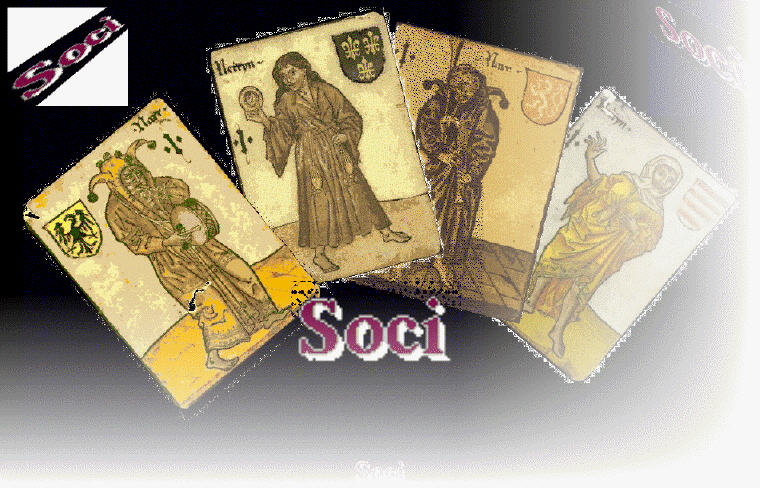Louis himself saw the persistence of Protestantism as a disgraceful reminder of royal powerlessness. After all, the Edict was Henry IV's pragmatic concession to end the longstanding Wars of Religion. Moreover, since the 1555 Peace of Augsburg, the prevailing contemporary European principle to assure socio-political stability was "cuius regio, eius religio"— the religion of the ruler should be the religion of the realm.
Responding to petitions, Louis initially excluded Protestants from office, constrained the meeting of synods, closed churches outside Edict-stipulated areas, banned Protestant outdoor preachers, and prohibited domestic Protestant migration. He also disallowed Protestant-Catholic intermarriages if objections existed, encouraged missions to the Protestants and rewarded converts to Catholicism. Despite this discrimination, Protestants did not rebel. Instead there occurred a steady conversion of Protestants, especially amongst the noble elites.
However, in 1681, things changed. The principle of "cuius regio, euis religio" generally had also meant that subjects who refused to convert could emigrate. Louis banned emigration and effectively insisted all Protestants must be converted. Secondly, following René de Marillac and Louvois's proposal, he began quartering dragoons in Protestant homes. Although this was within his legal rights, the dragonnades inflicted on Protestants severe financial strain and atrocious abuse. Between 300 000 and 400 000 Huguenots converted as conversion entailed financial rewards and exemption from the dragonnades.
On 15 October 1685, citing the extensive conversion of Protestants which rendered privileges for the remainder redundant, Louis revoked the Edict of Nantes with that of Fontainebleau. Louis may have been seeking to placate the Catholic Church that chafed under his numerous restrictions, or he may have acted to regain international prestige after the defeat of the Turks without French aid, or even to end the last remaining division in French society dating to the Wars of Religion. Perhaps, he may have just been motivated by his coronation oath to eradicate heresy.
In any case, the Edict of Fontainebleau exiled pastors, demolished churches, instituted forced baptisms and banned Protestant groups. Defying royal decree, about 200 000 Huguenots (roughly 27% of the Protestant population, or 1% of the French population) fled France, taking with them their skills. Thus, some have found the Edict very injurious to France. However, others believe this an exaggeration. Although many left, most of France's preeminent Protestant businessmen and industrialists converted and remained. The reaction to the Revocation was mixed. French Catholic leaders applauded, but Protestants across Europe were horrified, and even Pope Innocent XI, still arguing with Louis over Gallicanism, criticised the violence.



